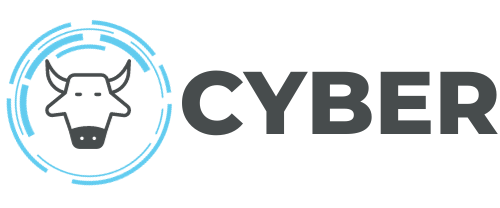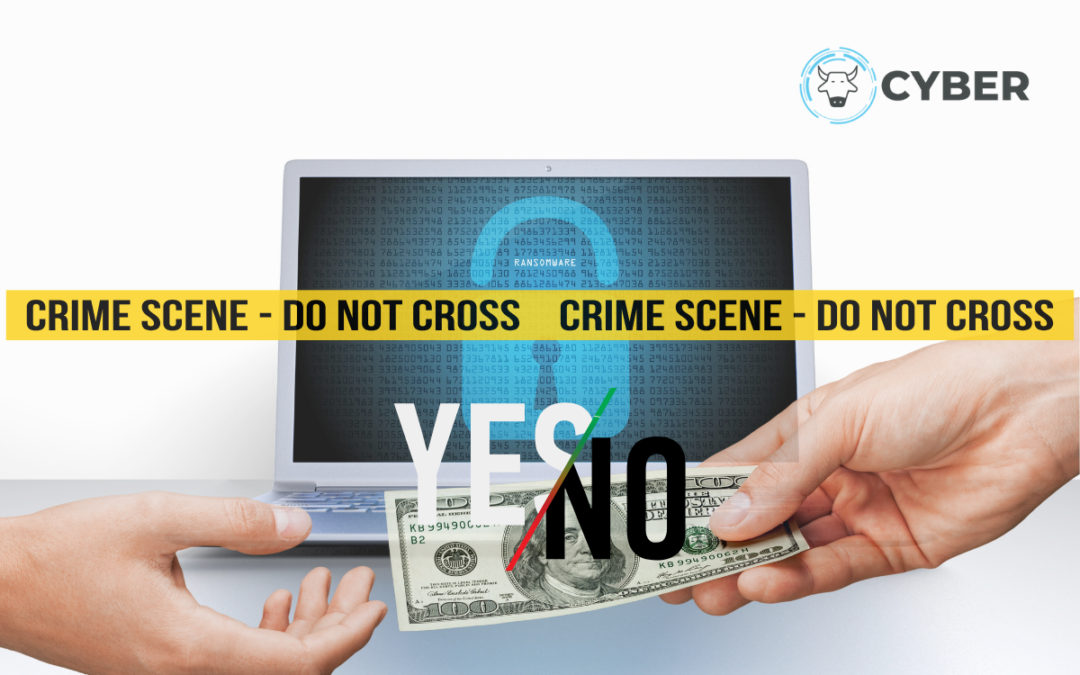In an era where digital threats loom large, ransomware has emerged as one of the most concerning cyberattacks facing businesses today. The term “ransomware” is increasingly becoming a common topic in boardrooms and IT meetings, but what exactly is it, and how can businesses shield themselves from such attacks?
What is Ransomware?
Ransomware is a type of malicious software designed to block access to a computer system or its data, often by encrypting files, until a ransom is paid. The attackers demand payment, usually in cryptocurrency, for the decryption key that will restore access. If the ransom is not paid, businesses risk losing critical data or suffering prolonged downtime.
Real-World Examples
The NHS Attack (2017): One of the most notable ransomware attacks was the WannaCry ransomware attack that hit the UK’s National Health Service (NHS). The attack disrupted medical services across the country, leading to cancelled appointments and delayed treatments. The ransomware encrypted patient data and demanded a ransom, illustrating the devastating potential of such attacks on essential services.
Travelex (2020): The global travel money provider Travelex was hit by the Sodinokibi ransomware, leading to significant disruptions in operations. The company faced extensive downtime and was forced to take down its systems for weeks, severely impacting its business operations and customer service.
Why You Should Care
Ransomware attacks can have catastrophic effects on businesses of all sizes. The immediate financial impact includes ransom payments and operational downtime, while the longer-term effects can include reputational damage and legal consequences. The cost of a ransomware attack extends beyond the ransom itself, encompassing recovery efforts, legal fees, and loss of customer trust.
Best Practices for Protecting Your Business
Educate and Train Your Staff
Human error remains one of the most common entry points for ransomware. Regularly train employees to recognise phishing attempts, avoid suspicious links, and handle attachments with caution. Consider implementing a robust cybersecurity training program and conducting periodic simulated attacks to test your team’s readiness.
Implement Robust Security Measures
Invest in comprehensive security solutions that include:
- Firewalls and Antivirus Software: Ensure that your firewalls and antivirus software are up-to-date and configured to detect and block threats.
- Email Filtering: Use advanced email filtering solutions to prevent malicious emails from reaching your inbox.
- Network Segmentation: Divide your network into segments to limit the spread of ransomware if an attack occurs.
Regular Backups
Regularly back up your data and store backups in a secure, offsite location. This could be a cloud-based service or an external hard drive kept offline. Ensure that backups are encrypted and tested regularly to verify their integrity. In the event of a ransomware attack, having recent backups can help you restore your systems without paying the ransom.
Keep Software Up-to-Date
Ensure that all software, including operating systems and applications, are regularly updated with the latest patches and security fixes. Many ransomware attacks exploit known vulnerabilities in outdated software, so keeping everything up-to-date is crucial for reducing risk.
Develop an Incident Response Plan
Prepare a comprehensive incident response plan that outlines the steps to take in the event of a ransomware attack. This plan should include:
- Identification: How to detect and confirm an attack.
- Containment: Steps to isolate affected systems to prevent further spread.
- Eradication: Removing the ransomware from your systems.
- Recovery: Restoring data from backups and resuming normal operations.
- Communication: Internal and external communication strategies, including notifying stakeholders and regulatory bodies.
Implement Access Controls
Restrict access to critical systems and data to only those employees who need it. Use strong, unique passwords and implement multi-factor authentication (MFA) to add an extra layer of security.
Consider Cyber Insurance
Cyber insurance can help mitigate the financial impact of a ransomware attack. Policies vary, but they often cover ransom payments, recovery costs, and legal fees. Evaluate different options and choose a policy that fits your business’s needs.
Ransomware is a serious threat that requires proactive and comprehensive measures to protect your business. By educating your staff, implementing robust security measures, maintaining regular backups, keeping software updated, and having a well-defined incident response plan, you can significantly reduce your risk of falling victim to a ransomware attack.
Ultimately, the decision to pay a ransom should be made with caution, considering the potential benefits and risks. Paying does not guarantee that you will regain access to your data, and it may encourage further criminal activity. Therefore, the best approach is to focus on prevention and preparedness to safeguard your business against the ever-evolving threat of ransomware.

